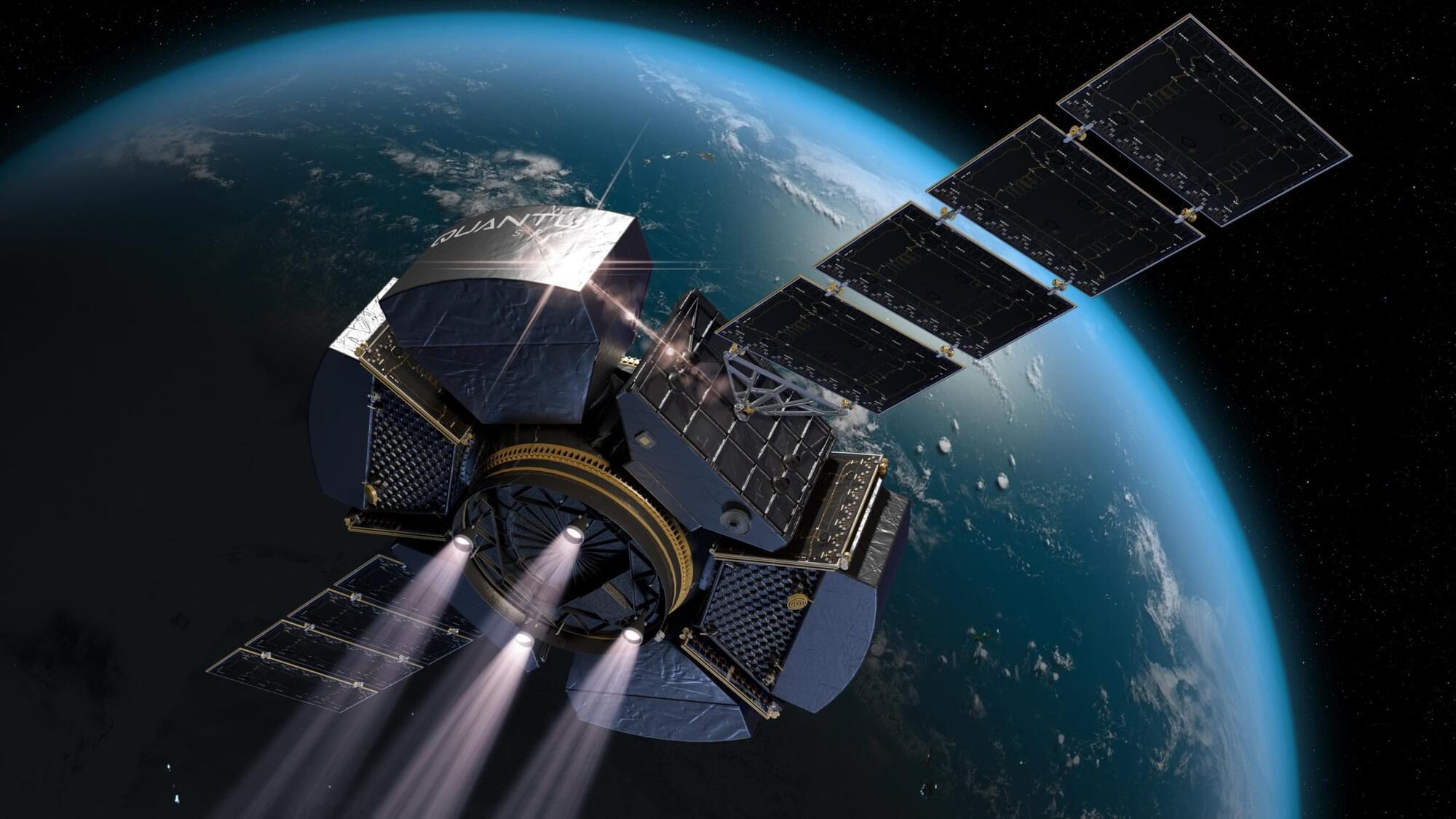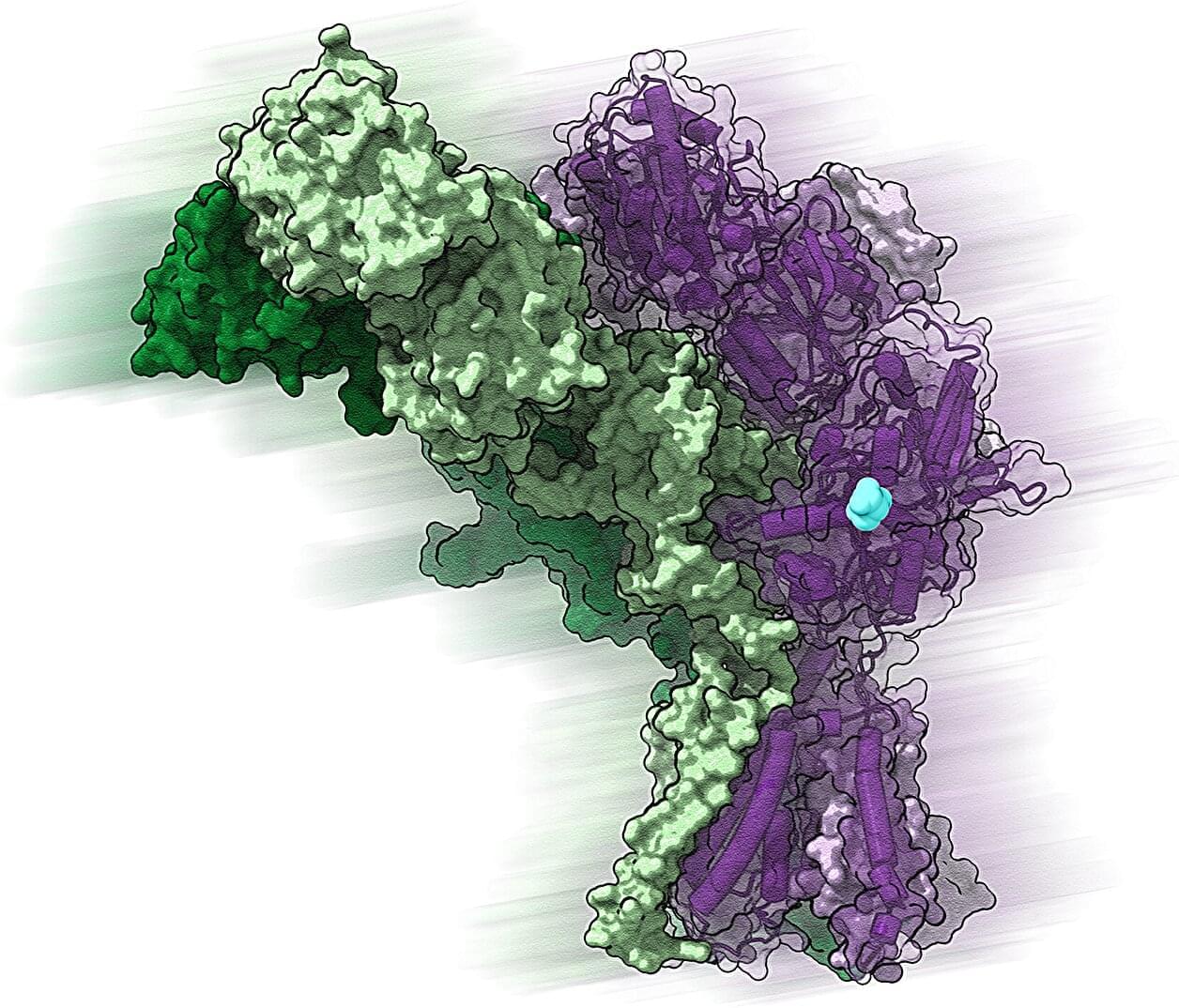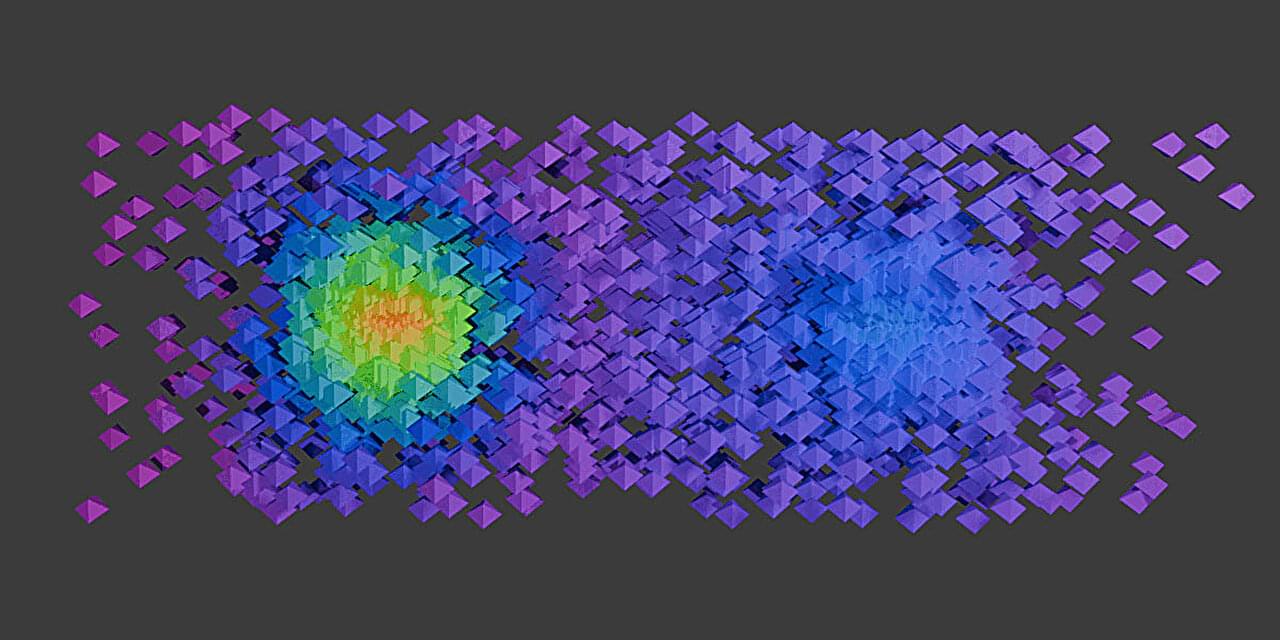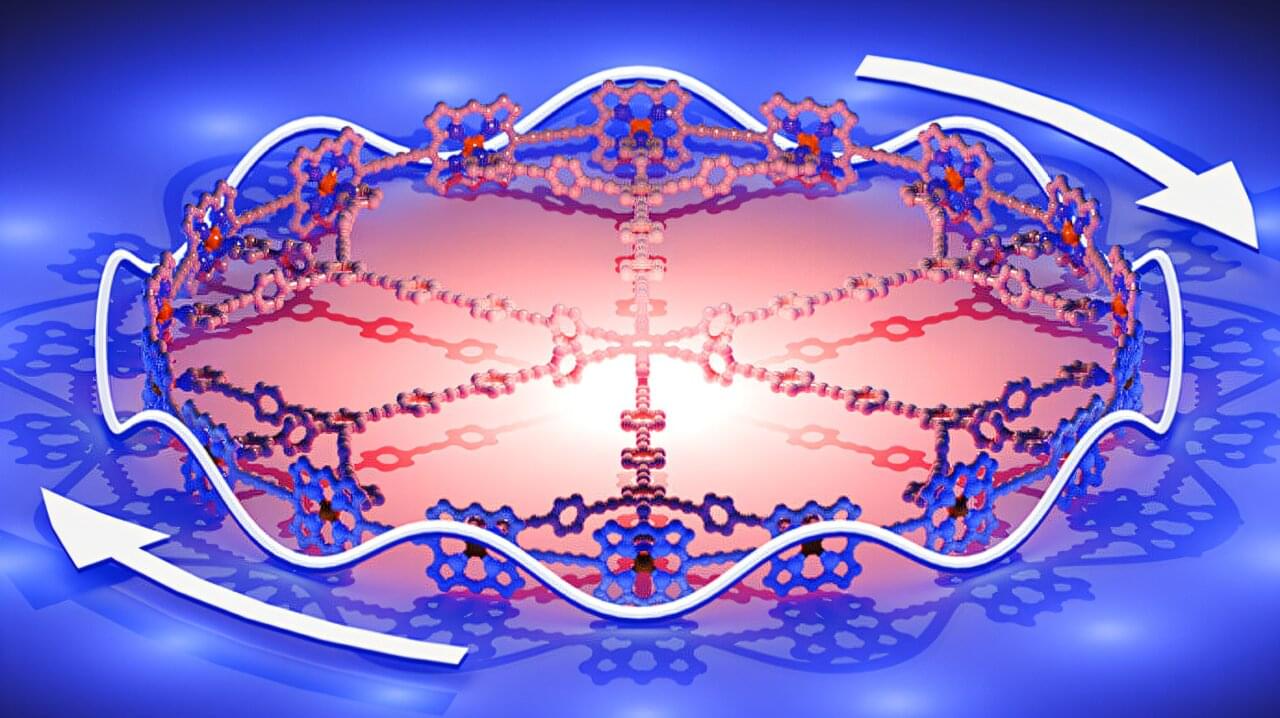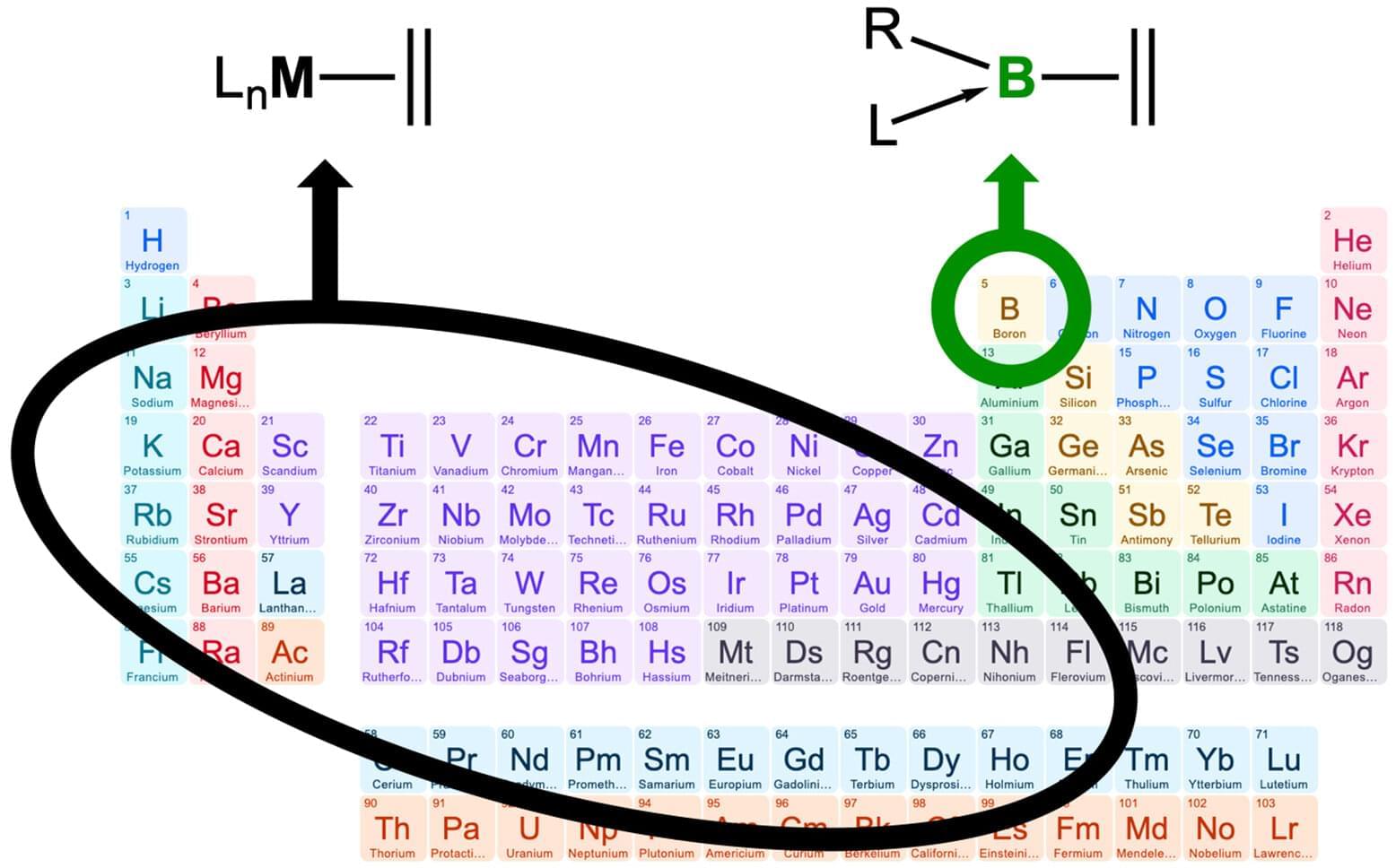Researchers at the Fritz Haber Institute of the Max Planck Society, in collaboration with the Max Planck Institute of Chemical Energy Conversion and Clariant have unveiled new insights into the complex catalyst systems used in industrial ammonia production. By examining the structural evolution of these catalysts, the study highlights the critical role of promoters in enhancing performance and stability.
The Haber-Bosch process, a cornerstone of industrial ammonia production, has remained largely unchanged for over a century. However, researchers at the Departments of Inorganic Chemistry and Interface Science of the Fritz Haber Institute, the Max Planck Institute for Chemical Energy Conversion, and Clariant have made significant strides in the mechanistic understanding of the highly complex industrial catalyst that drives this process.
By using advanced characterization techniques like operando scanning electron microscopy and near-ambient pressure X-ray photoelectron spectroscopy, the team has decoded the complex interactions within multi-promoted ammonia synthesis catalysts.


